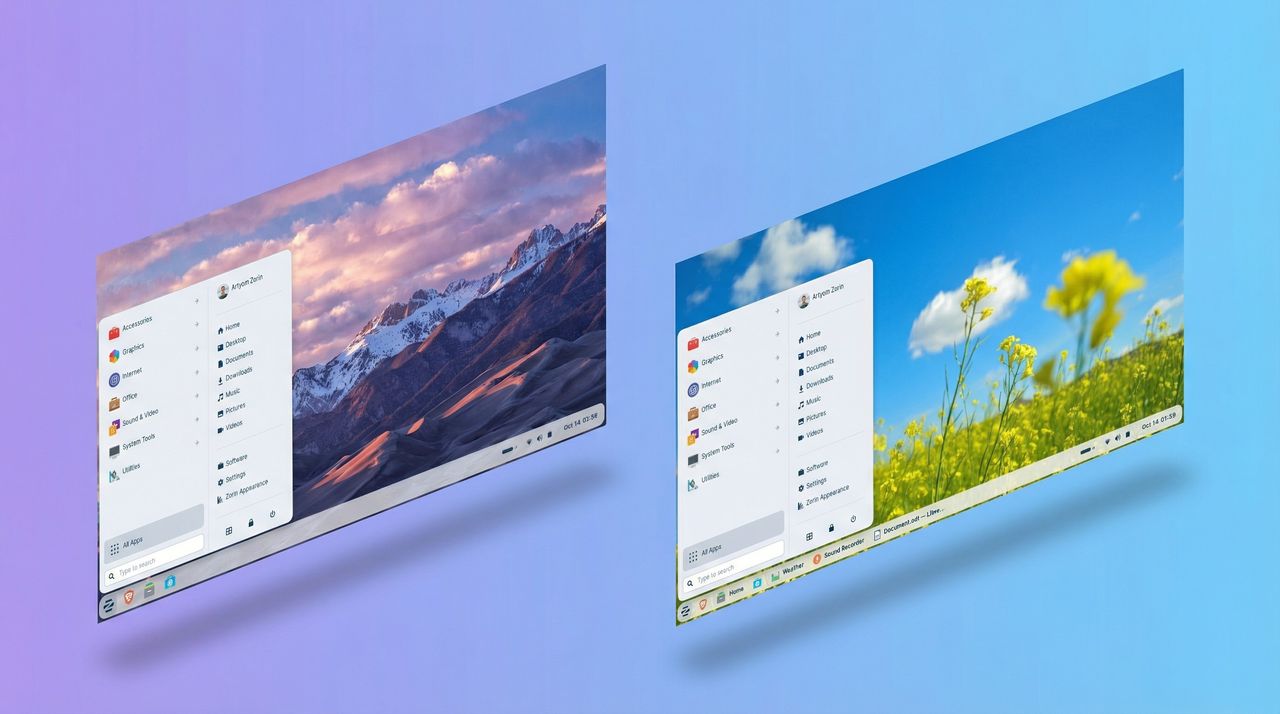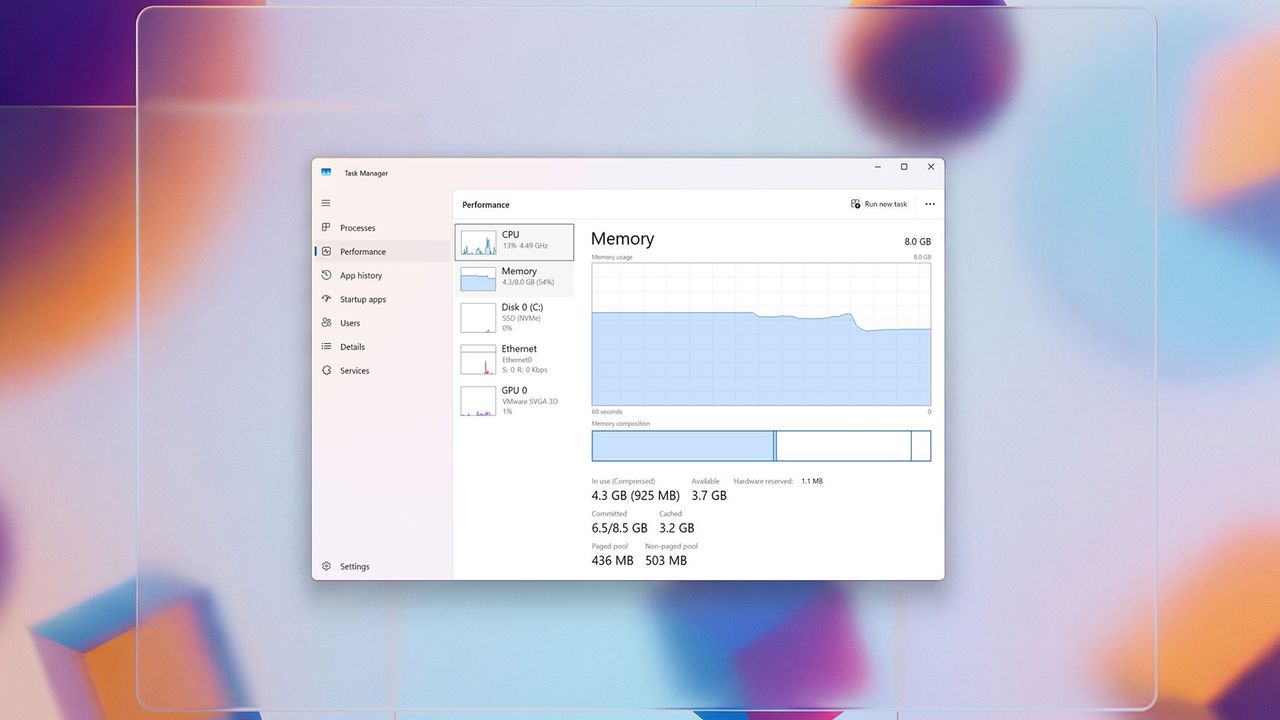"What happened to my Start menu?" — why Windows 11 users are waking up to a desktop they don't recognize
Windows 11

Windows 11

Windows Update

Reader survey for Windows Central

Zorin OS shown on various laptops and PCs.

Clippy Holidays















From automation to system management, these are the PowerShell commands IT pros should know and use in 2026.
The post Top 10 PowerShell Commands to Use in 2026 appeared first on TechRepublic.
Tout le monde n'a pas la chance d'avoir un moteur de recherche aussi rapide que le mien . Par exemple, Windows c'est pas le plus rapide pour trouver un fichier sur votre PC avec l'explorateur. Vous tapez le nom exact et ça ne trouve rien... Franchement, c'est relou, et je compatis, parce qu'on est tous passés par là.
Mais c'était sans compter sur WinFindr , un logiciel de recherche de fichiers pour Windows qui fait ce que l'explorateur Windows devrait faire depuis le début. En gros, avec ce freeware, vous pouvez chercher dans vos fichiers, dans la base de registre, et même à l'intérieur des PDF, des documents Word, Excel, PowerPoint, et même des ebooks EPUB.

WinFindr propose une recherche en langage naturel, ce qui veut dire que si vous cherchez un fichier avec "Desiree" dans le nom mais qu'en fait il s'appelle "Désirée" avec des accents, il le trouvera quand même. Pratique quand on sait plus comment on a nommé ce foutu document il y a 3 ans. Et ça va même plus loin puisque le soft gère la recherche phonétique. Du coup, si vous tapez "peace", il trouvera aussi "piece" parce que ça sonne pareil.

Y'a aussi un mode de recherche avec opérateur logique et/ou qui permet de combiner plusieurs critères. Genre vous cherchez un fichier qui contient à la fois "facture" ET "2024" ET qui se trouve dans un dossier spécifique. Vous pouvez même faire des recherches par proximité, c'est-à-dire trouver des termes qui sont à maximum X mots l'un de l'autre dans un document.
Et le truc vraiment cool, c'est que WinFindr cherche aussi dans les archives ZIP et RAR sans avoir besoin de les décompresser. Il peut même fouiller dans les métadonnées de vos MP3 (album, artiste) et de vos images. Du coup, si vous avez 50 000 photos et que vous cherchez celles prises à un endroit précis ou avec un appareil spécifique, ça peut servir.
Le soft pèse 3 Mo (y'a aussi une version portable), tourne sur Windows 7, 8, 10 et 11, et la version de base est totalement gratuite. Après si vous voulez du support technique dédié ou des options en ligne de commande pour l'intégrer à vos scripts, y'a une version Pro payante mais je trouve que la version gratuite suffit pour la plupart des usages. Ah et vous pouvez exporter vos résultats en TXT, CSV ou HTML si besoin.
Bref, si vous en avez marre de galérer à retrouver vos fichiers, WinFindr est là pour vous tenir la main !
Merci à Lorenper pour le partage !

Collection of tech placed on a snowy background

Screenshots of the latest Windows 11 Insider builds for December 2025.

Windows 11 PC with low memory usage

![]()
![]()
A minor UI tweak or another move in an ongoing battle for control over how users experience the web?
The post Microsoft Tweaks Windows to Slow Google Chrome Downloads appeared first on TechRepublic.